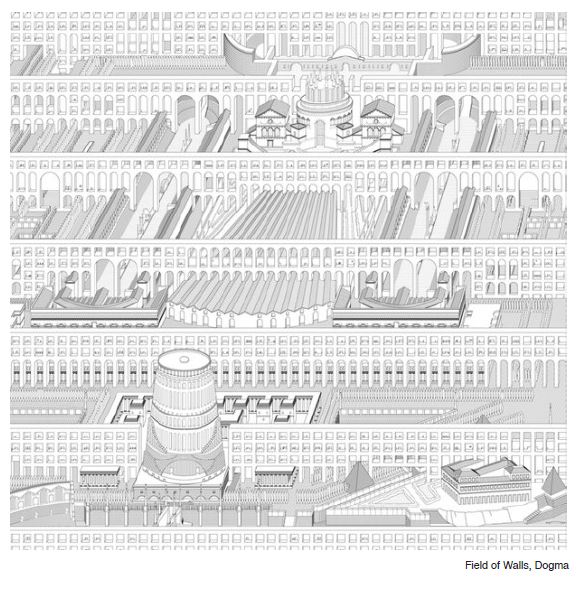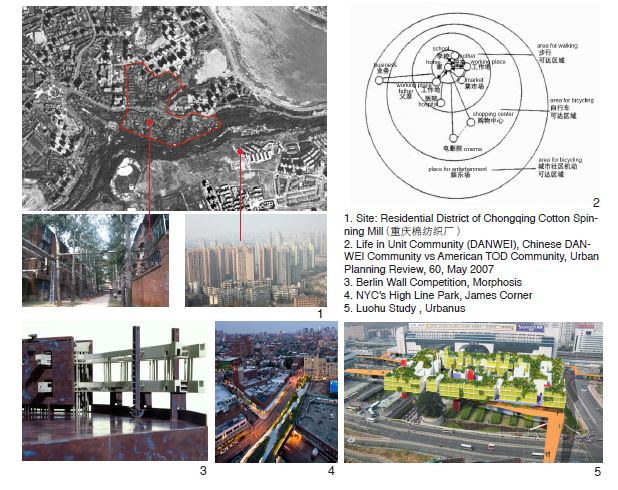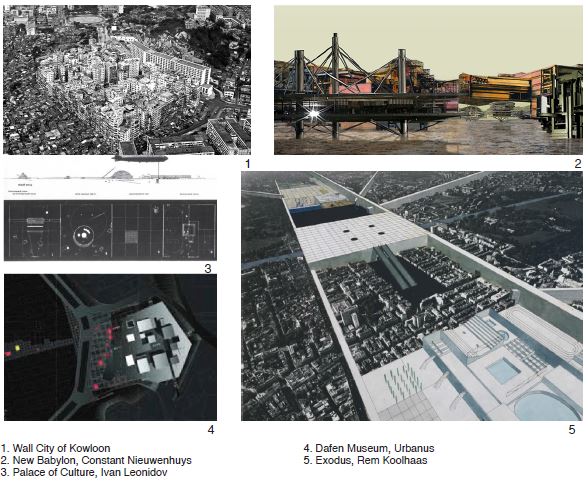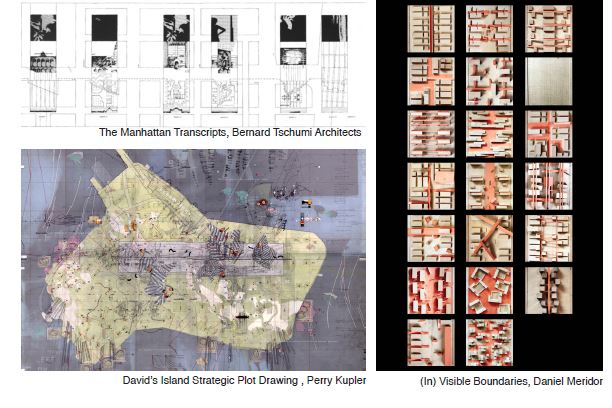|
SOCIAL INTERFACE

The thesis explores how architecture can act as an interface to respond the phenomenon of the urban fragmentation, with the focus on the spatial seperating and the social segeration. It critiques the current trend of redevelopment approach which ignores the issues behind these fragmentation. The thesis will tackle this issue at the in-beween space– the boundary, to redefine the relationship between divergent communities, and at the same time to reconcile the differentiation of social hierarchy.
WHAT

SCOPE/SCALE/SITE:
The thesis explores how architecture can act as an interface to respond the phenomenon of the urban fragmentation, both spatially and socially. The site is chosen at the Residential District of Chongqing Cotton Spinning Mill, which is a typical Chinese DANWEI System Community. The design project will address and formally express the invisible boundary between old urban enclave and its surrounding new fabric with strategic intervention. Thus, it attempts to achieve a socially equitable space to reconcile the differentiation of social hierarchy.
REASONS OF SITE CHOSEN AND THE TEXT CASES :
In the Planned Economy era, DANWEI was established by the Chinese government as the basic unit of social organization. It is an urban form of administrative system, industrial production, community life and political manifestation. It can be seen as a micro-city, in which people working in the same organization shall live in the same district. It is a self-contained community with a top-down urban planning, an enclosed system with all necessary amenities to function. Due to the Chinese Economic Reform, the DANWEI system was abandoned. A new mode of urban planning is imposed by the government.
In Chongqing, a traditional industrial city in China, a lot of DANWEI System Community can be found. With the declination of manufacturing, many workers lost their jobs, which resulted in the DANWEI Communities they lived being urban enclaves of lower-class. An intangible boundary of social difference is formed between these enclaves and the surrounding new urban development. The Chongqing Cotton Spinning Mill is a typical example and serves as a testing site for possible strategies of intervention. The thesis aims to identify and address the existing social issue, and explore a possible architectural agency to respond to the change in the overall China contemporary urbanism.
WHY

HISTORY OF DISCIPLINE:
In the book ‘ The Death and Life of Great American Cities’, Jane Jacobs blames this kind of spatial fragment for losing street life. The “privatized” and “isolated” of urban space is not only spatially, but also socially. Russian constructivist make a concept of “Social Condenser” to propose the possibility of breaking down the social class and hierarchies admitted in the past and the creation of socially equitable spaces, and this theory is broadened by Rem Koolhaas in his thesis work Exodus and some projects of OMA.
CURRENT STATE OF DISCOURSE:
Like the Wall City of Kowloon and many city villages in Mainland China, certain urban enclaves are formed as the result of the drastic difference between these communities and the neighboring development. The contemporary attitude is usually to execute a demolition or a redevelopment to these enclaves, which completely destroy the existing community and ignore the social issues underneath. Increasing number of project like Dafen Museum celebrates this so-called revitalization by replacing the existing problematic community with high ended cultural program.
THESIS PURPOSE:
The thesis critiques the current trend of redevelopment approach which ignores the issues behind these urban enclaves. The thesis tries to address this issue of social differences by having the intervention at the boundary of these areas. It proposes a new attitude to the social agenda and provides possible strategies to create an interface at the boundary, both spatially and socially.
HOW

Step 01: To do research about the history, spatial and social organiztion as well as the change process of Danwei System Community in Chongqing by mapping;
Step 02: Field trip to site, mapping: (1) the boundary condition; (2) the area and time they do activities; (3) the sort of activities;
Step 03: To study the oppotunities of boundaries by model;
Step 04: Design process by drawing master plan as well as massing model;
Step 05: Development of design by large-scale spatial model, axonometric drawings as well as series of sectional models.
BIBLIOGRAPHY:
Theory Reference:
1. Jane Jacobs, 1961, The Death and Life of Great American Cities, Random House.
2. Colin Rowe, and Fred Koetter, 1984, Collage City, The MIT Press.
3. Anatole Koop, 1985, Constructivist architecture in the USSR, Academy Editions.
4. Michel Foucault, 1986, Of Other Spaces : Utopias and Heterotopias, by Jay Miskowiec, trans. Diactics 16.
Contemporary Texts:
1. Özay Özkan, 2008, Strategic Way of Design in Rem Koolhaas’ Parc De La Villette Project, Middle East Technical University.
2. Emrah Altinok, Huseyin Cengiz, 2008, The Effects of Urban Sprawl on Spatial Fragmentation and Social Segregation in Istanbul, 44th ISOCARP Congress.
3. HU Yongja, YU Tao, and LUO Xiaolong, 2011, Research on Urban Fragmentation of China under the Reconstruction of Public Space during Transformation Period, Modern Urban Research, 10-13, March 2011.
Seminal Projects:
1. Ivan Leonidov, 1930, Palace of Culture.
2. Constant Nieuwenhuys, 1959-1974, New Babylon,
3. Rem Koolhaas, 1972, Exodus.
4. Bernard Tschumi Architects , 1976-1981, The Manhattan Transcripts.
Contemporary Projects:
1. Morphosis, 1986, Berlin Wall Competition.
2. James Corner, 1993, NYC’s High Line Park.
3. Urbanus, 2007, Dafen Museum.
4. Urbanus, 2007, Luohu Study.
|



